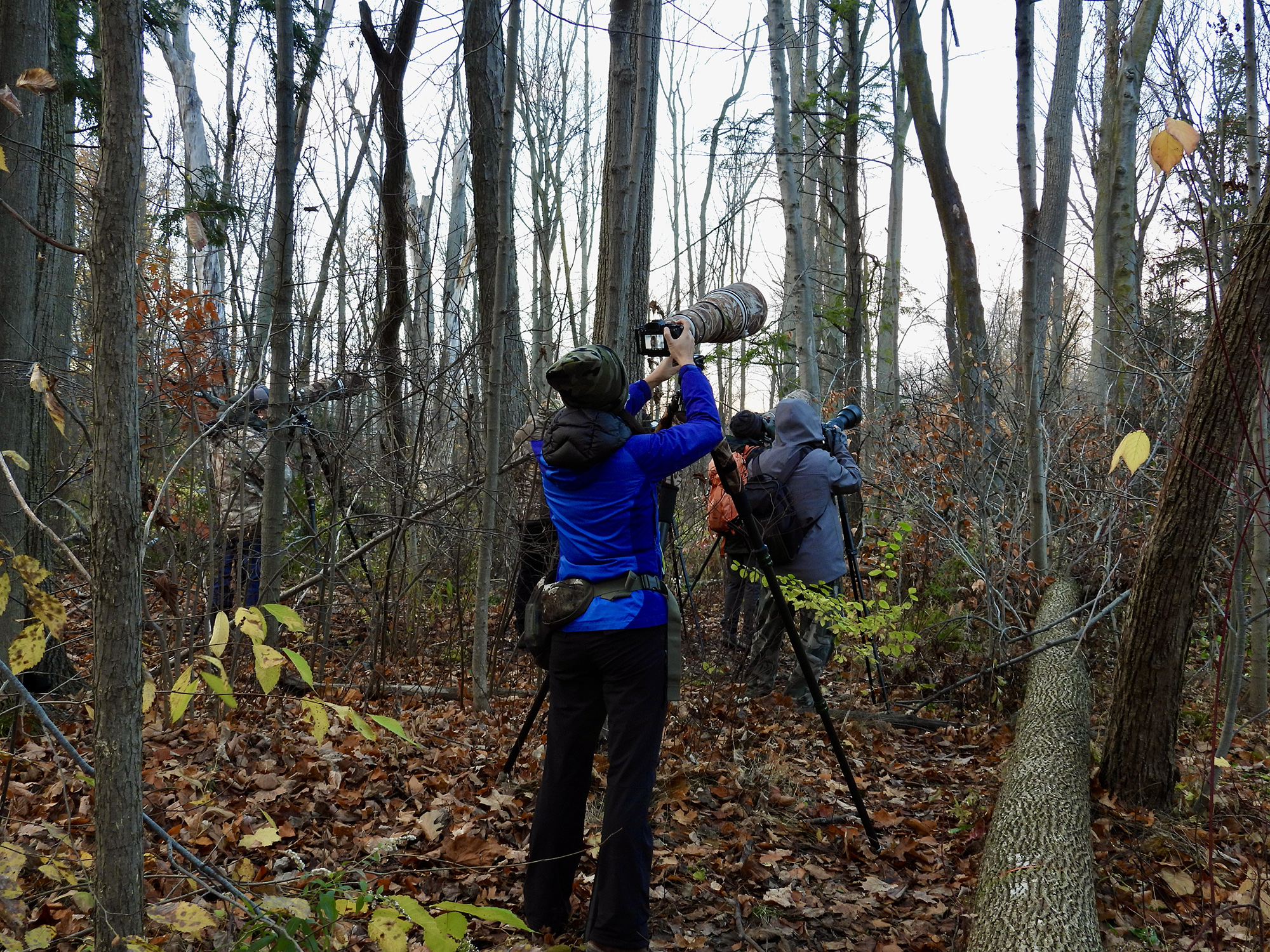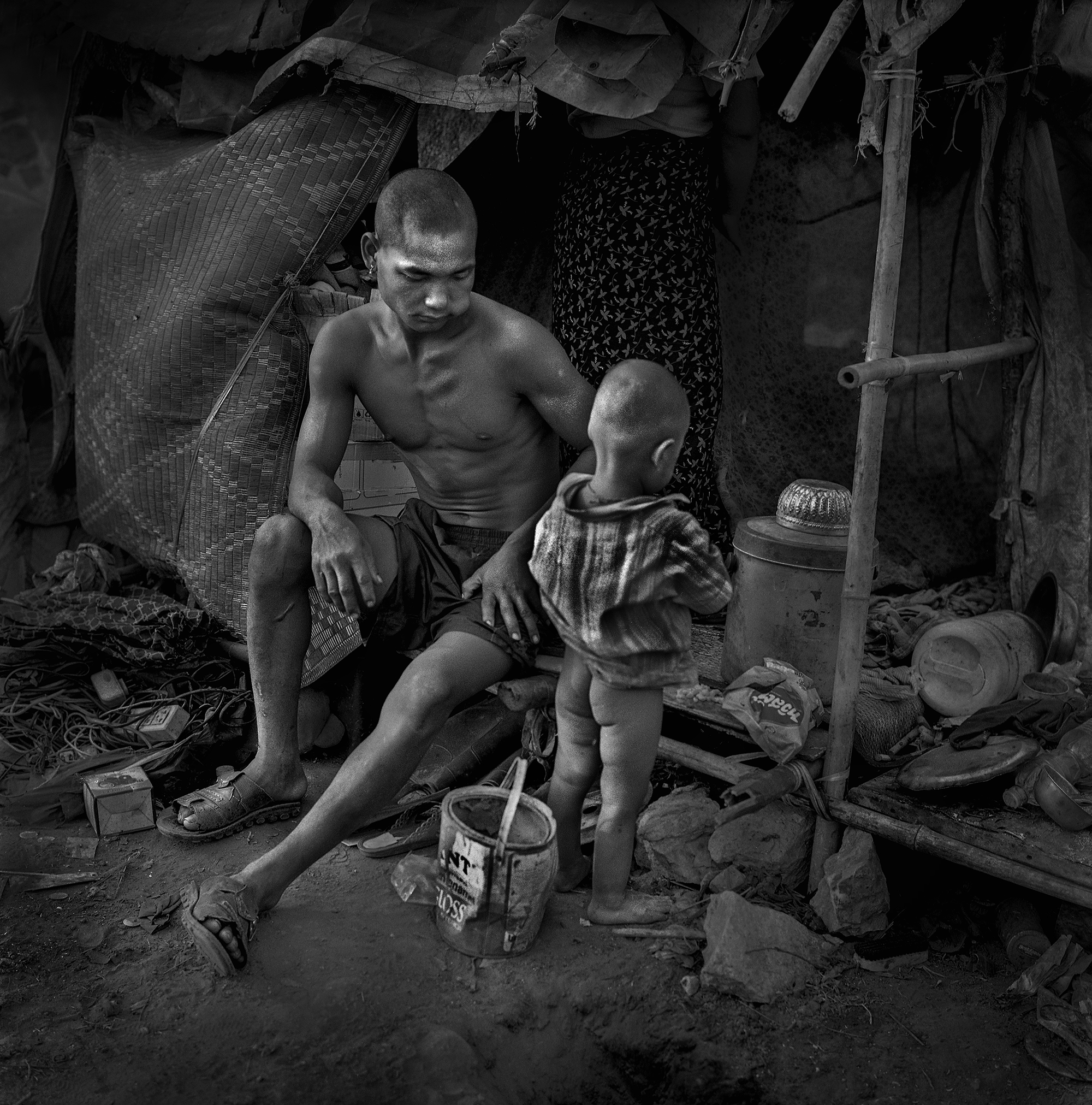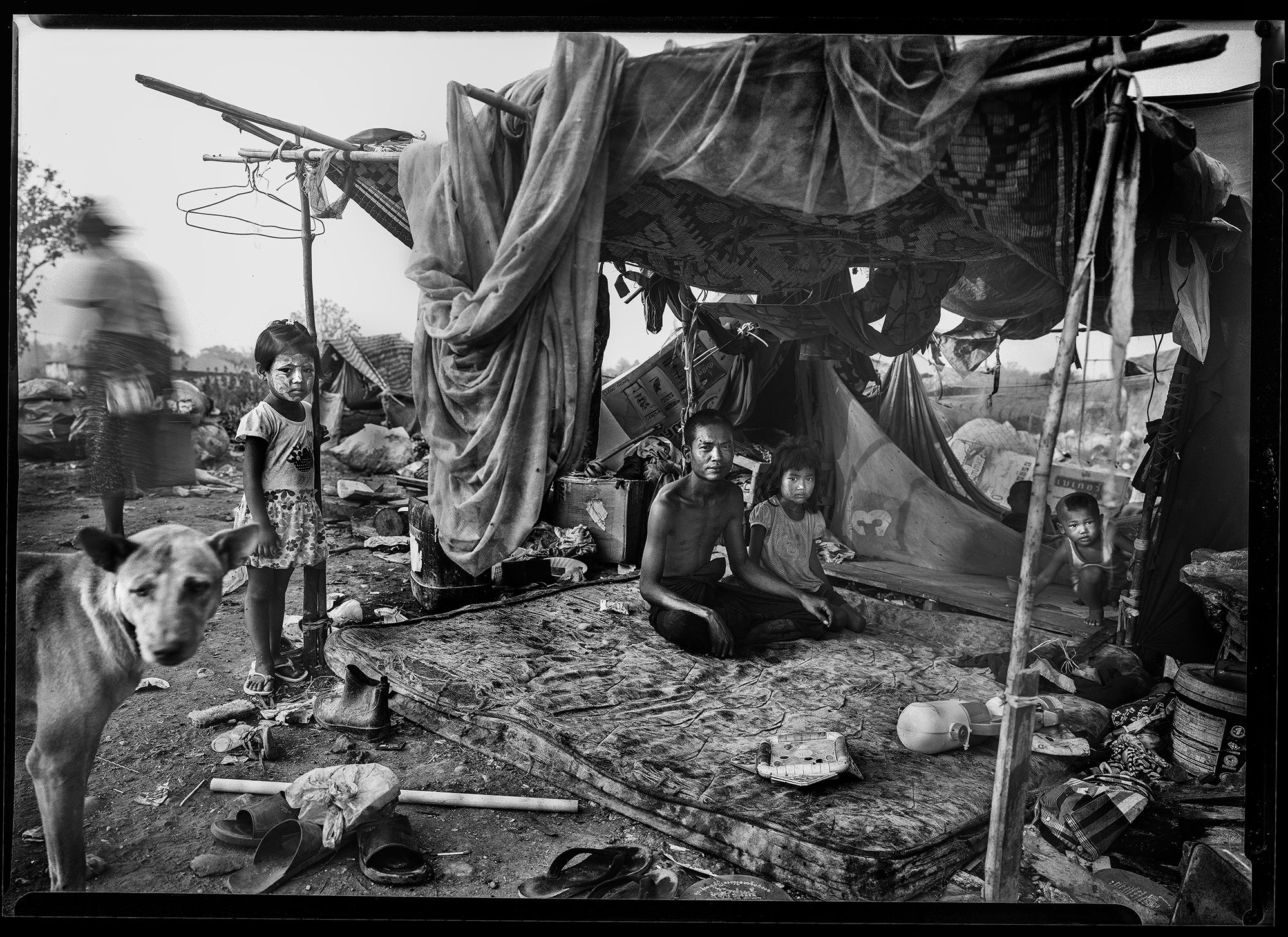Did I post this already? Well here it is again if I did, could not hurt.
The "Ethics" story from on the FRAMES website (I do not think it made it into the paper mag). 3 Dump photos are shown. THE FAMILIES OF THE DUMP project is mentioned, not sure I did not read the story, I hate rereading about myself. I am sure Rob Wilson, the writer did a good job. Nice fellow. Am glad the "Families Story" is reaching a larger audience.
https://readframes.com/look-closer-do-we-need-a-photographic-code-of-ethics-by-rob-wilson/
LOOK CLOSER: Do we need a photographic code of ethics? – by Rob Wilson

There is a photograph that I took some years ago that troubles me. I am not sure if it is because I feel like I should not have taken it or because what it shows outrages me like no other picture I have ever taken. It raises questions in me about my approach to photography and what images I should and should not share.
The picture, taken on the streets of India’s capital Delhi, shows a homeless man sitting curled up with his head on his knees facing away from the camera below a large poster advertising sporting goods. It shows Lionel Messi’s portrait and has the words “Never Follow” emblazoned below him. I took the picture because the scene before me made me angry. I found the disparity between the poor soul on the ground and the implied affluence of the poster disgusting. The idea that millions can be spent on advertising a pair of football boots whilst others have nothing is morally reprehensible. Perhaps I am being naïve or overly idealistic here, but it is the way I feel.
I do not consider the picture good enough to include here, but I have shown the image publicly once. This was at a talk I gave some years ago to a group of students at the university where I was then working. The purpose of the talk was to encourage them to think about the possibilities of photography beyond snapshots, selfies, and Instagram lifestyle pictures. The students were overwhelmingly from extraordinarily affluent backgrounds. One colleagues at the university used to joke that he had never seen so many young people driving such expensive cars and that the average student car was far more valuable than all the ones owned by the faculty. I am uncertain whether photography had any impact on them, but I believe it was an appropriate forum to share the image.
I still ask myself whether I was ethical in making that image. I consider myself a documentary photographer, but I am not a photojournalist nor was I making the image as part of a commission or project. At the time, I just saw the scene and made the picture for no purpose beyond the fact that I thought I should. I do not have an answer for my own question but constantly challenging and reviewing my own behaviour as a photographer is always a useful exercise.
I was brought to the topic of ethics for this article not by my story above, but by a recent series of incidents that occurred in the parklands of the Guild Park and Gardens, a place of historic interest and natural beauty located along the Scarborough Bluffs in eastern Toronto, Ontario. The eighty-eight-acre area provides a habitat for many rare flora and fauna. Recently, a rare Eastern Screech Owl took up winter residence in one of the trees in the park. This arrival prompted an influx of what volunteer group Friends of Guild Park described on its Facebook page as “bird paparazzi” who proceed to harass the owl and break park rules. According to the group, these individuals,
• Crowded through off-trail areas into wooded areas – habitats for native plants, many of them so rare that they are protected by legislation.
• Surrounded the owl roost for hours, upsetting the bird’s normal routine of rest and feeding
• Began shouting at the owl, even shaking trees and branches to make the owl more visible as they tried to get a “trophy” photo of the bird in action.

Vickie Bowie’s image above illustrates this absurd behaviour perfectly. As the statement from the Friends of Guild Park says, these people are disturbing protected habitats. Frankly, this idiotic behaviour makes me embarrassed to own a camera. This is photography as nothing more than trophy hunting. This unethical behaviour has led to ‘corrective’ action. Guild Park has not banned bird photographers entirely, but it has installed protective barriers. Thankfully, Bowie and most of her fellow bird photographers who enjoy Guild Park’s opportunities are conscientious and committed to conserving the species that live there.
Obviously photographing bird life and people enduring homelessness could not be more different in terms of application and technique. However, they are closely related in terms of how we behave as photographers. There is a difficult question here though. What exactly is ethical behaviour in photography? What makes something unethical and unacceptable?
Our ethical codes are our own. Our parents, education, politics, beliefs – religious or otherwise, and a whole laundry list of elements that I cannot even begin to list enable us to arrive at our own code. Clearly, it is not for me to tell you what to do. For myself, I tend to take a “I know it when I see it” approach. Obviously, I do not approve of the behaviour of these idiots misbehaving at the Guild Park, but that is a clear-cut situation. Others require more nuance. For example, while I have no issues about documenting poverty and homelessness as they are a very real part of life, I do not consider creating stylised photographs of those in straightened circumstances which beautify their condition and make them look somehow angelic as ethical. This is not to say that photographs of those homeless cannot be beautiful. Don McCullin made some images of London’s homeless that are beguiling. The question for me is intention. Why are you making the image? What is its purpose? If the answer is “art”, I suggest you think again.
For the second part of this article, I would like to focus on a body of work that gives an excellent illustration of how to be ethical and humane when dealing with an emotive subject. The photographer is Gerry Yaum and the project is called The Families of the Dump. Whilst the images are finely crafted, I must admit that when I first saw the project, I was sceptical about the content and intent. I always am with work that covers this kind of subject matter. However, after reading Yaum’s account of the project, spending more time with the images, and conversing with Yaum himself, I am sold on the value of this outstanding work. Like much of the work of Sabastiao Salgado, the dignity of the subjects is preserved throughout.
I am not going to review the images as such here as that is not really the focus of this article. However, I will say that they are very fine indeed and fully deserve their publication on photographic merit alone. In fact, the work, along with his other project The People under the Freeway, is scheduled to be exhibited at the University of New Brunswick Arts Centre in Fredericton, New Brunswick, Canada from October 28th, 2022, to December 15th.

Yaum has spent many years working as a night-time security guard and chose the Thai word for security guard – yaum – as his artist’s pseudonym. He is conversant in Thai and spent four months creating the project. His own words describe his experiences perfectly.
The garbage trucks would arrive at around 8pm and 11 pm in complete darkness. The family groups of over 50 people would wait in the dark for the trucks then work the new garbage after it arrived. Often young children would accompany their parents as they worked, waiting near-by, they would play in the garbage or sleep, sometimes work.
My process was to arrive via motorbike at around 7pm or a bit later and stay until around 1230 or 1 am photographing that night’s events. I did that probably 5 out of every 7 days for the 4 months, it was exhausting and filthy. The strength of the families is amazing. At the beginning of the night on first arriving I would hand out headlamps, boots, medicines, foods etc along with mama noodles and lollipops for the children. The lollipops would be handed out throughout the night, usually 30 plus per evening. When I ran out of goods, I would take orders for the next day. I got good at saying things like, HEADLAMP, BOOTS and TOMORROW in Burmese. The goods were bought with donations made after people saw the photographs, or from exhibition artist fees and talk fees I received. When I did not have enough money, I used my security guard money to buy things (YAUM means “Security Guard” in Thai).

Yaum’s commitment to the story and the people he photographed over an extended period along with the sensitive and thoughtful images that he has produced provides an excellent example of how to be ethical and humane when dealing with a challenging and difficult subject. The project is infinitely stronger because of this approach. He could have made images which descend into ‘poverty porn’, but it is to his immense credit that he has not. They tell an important and unflinching story.
Documentary and wildlife photography are very different parts of our wonderful craft. Yet, ethics connects them. This article has looked at when photographers have failed to be ethical in their approach but has also focused on what can be achieved when you approach a project with decency and sensitivity. I genuinely believe that most of the readers of this column already consider the ethics of photography when they work, but if not, I hope that what you have read here encourages you to make it a critical part of your practice. Ethical behaviour was very much at the centre of Gerry Yaum’s excellent project and for me, this serves as a far better exemplar of how to behave with your camera than a bunch of fools who thought it acceptable to disturb an owl.
I would like to extend additional thanks to Ann Brokelman and John Mason at Friends of Guild Park for their kind assistance in the completion of this article.
GERRY YAUM
WEBSITE
Slate’s coverage of one of Yaum’s earlier projects
VICKIE BOWIE


























